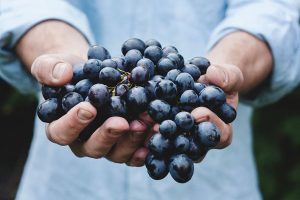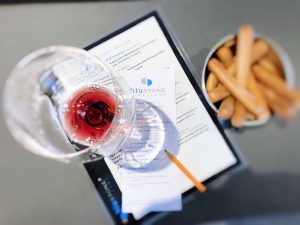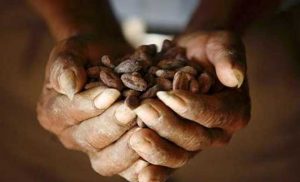What is Ice Wine
There are indications that frozen grapes were used to make wine in Roman times. Pliny the Elder (AD 23 – 79) wrote that certain grape varieties were not harvested before the first frost had occurred.
The poet Martial recommended that grapes should be left on the vine until November or until they were stiff with frost.
Details as to the winemaking and description of these wines are unknown. It cannot be completely ruled out that the descriptions refer to dried grape wines, a common style of wine in Roman times, where the raisin-like grapes were harvested late enough for the first frost to have fallen.
In either case, the method seems later to have been forgotten. Wine from Chiomonte in the Val di Susa was popular in Roman times and this town still today produces one of Italy’s few ice wines.
It is believed that the first post-Roman ice wine was made in Franconia in 1794.
Better documentation exists for an ice-wine harvest in Dromersheim close to Bingen in Rheinhessen on February 11, 1830.
The grapes were of the 1829 vintage. That winter was harsh and some wine growers had the idea to leave grapes hanging on the vine for use as animal fodder.
When it was noticed that these grapes yielded very sweet must, they were pressed and an ice wine was produced.
Sweet wines produced from late harvested grapes were well-established as the most valued German wine style by the early 19th century, following the discovery of Spätlese at Schloss Johannisberg in Rheingau in 1775, and the subsequent introduction of the Auslese designation.
These wines would usually be produced from grapes affected by noble rot.
Thus, eiswein is a more recent German wine style than the botrytised wines.
The most famous (and expensive) ice wines are German Eiswein, but ice wine is also made in European countries such as Austria, Croatia, Czech Republic, Denmark, France, Georgia, Hungary, Italy, Lithuania, Luxembourg, Moldova, Poland,
Eiswein is part of the Prädikatswein quality category in the German wine classification.
The French language term Vin de glace is part of the wine classification in Luxembourg, but not in France, but is sometimes found on the rare bottles of ice wine produced in Alsace.
In most of France, the climate is too warm for ice wine production.
Japan
Further information: Japanese wine
The Furano region of Central Hokkaido, Japan, produces an ice wine each winter at the Furano Winery. Because such a small amount can be made each year, it is produced in limited batches and sold only at the cellar door, 3.3 kilometres from Furano Station. The Furano Wine ice wine is produced only in red.
United States
Northern Michigan wineries continue to follow the German laws that govern what wine qualifies as ice wine, which dictates that ice wine must be picked only when the grapes are frozen on the vine. In 2002, six Michigan wineries produced over 13,000 half-bottles of ice wine, a record at that time. A growing number of wineries near Lake Erie, especially in Pennsylvania, New York, and Ashtabula County, Ohio, also produce ice wine.
The US law for ice wines specifies that grapes must be naturally frozen. The TTB (Tax and Trade Bureau) regulations state that “Wine made from grapes frozen after harvest may not be labeled with the term ‘ice wine’ or any variation thereof, and if the wine is labeled to suggest it was made from frozen grapes, the label must be qualified to show that the grapes were frozen postharvest.”
Wikipedia







